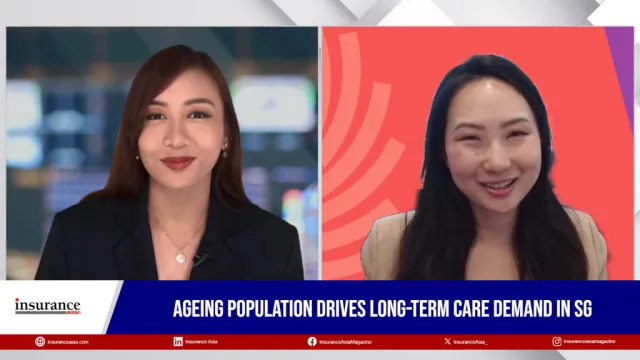Cultural barriers and poverty limit insurance growth in the Philippines
Digital transformation presents growth opportunities.
The Philippines remains one of the countries with the lowest insurance penetration rates globally, resulting in many Filipinos lacking a financial safety net. According to Iris Lorenzo, Managing Director of Kadence International (Philippines), cultural and economic factors are the primary reasons for this.
She highlighted the role of cultural beliefs like "bayanihan," a Filipino tradition of community support during crises, which reduces the perceived need for formal insurance. “This informal safety net produces the perceived need for insurance as a safety net because we believe that we can depend on our community for financial assistance,” she explained.
“In the Philippines, we have high poverty rates, so Filipinos have limited disposable income. Therefore, they would rather prioritise daily subsistence and necessities instead of paying for insurance premiums,” Lorenzo added.
Furthermore, the mismatch between insurance offerings and consumer needs exacerbates the issue, as many potential customers cannot afford available insurance products. This limits market penetration, particularly in underserved sectors.
Regulatory challenges also stifle innovation in the sector. Lorenzo noted that the burden of compliance slows down innovation, preventing insurers from creating new products that would cater to different demographics. Many sales processes remain outdated, relying heavily on face-to-face interactions, which are less effective for reaching younger, digitally inclined consumers.
Despite these challenges, Lorenzo believes the sector has significant growth potential, especially with the country’s large youth population and increasing internet penetration. The country’s 30 million individuals aged between 10 and 24 represent a substantial market opportunity for insurers, particularly through digital engagement.
“This connectivity presents a substantial opportunity for insurers to leverage digital channels for education, distribution, and customer engagement,” she added. The use of mobile applications and digital platforms for policy purchases and claims processing could revolutionise the sector.
Moreover, Lorenzo highlighted the need for customer-centric products that cater to specific market segments, such as gig workers, young professionals, and rural populations. “We should have product innovation, which is crucial for attracting new customers and addressing diverse needs of the Filipino market,” she explained.



















 Advertise
Advertise







Commentary
How can insurers close protection gaps through customer-focused innovation?
AI isn’t replacing insurance, it’s finally making it work